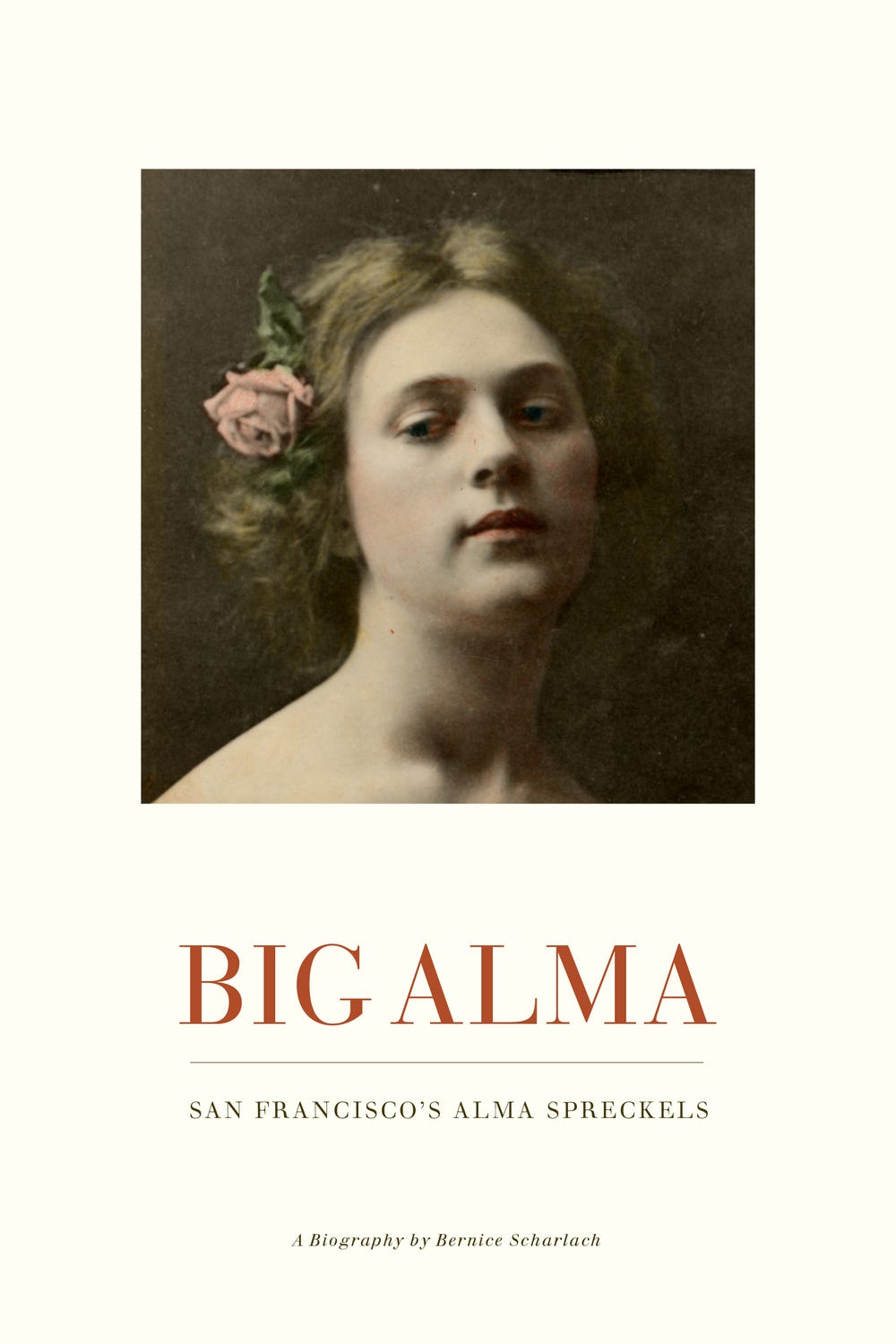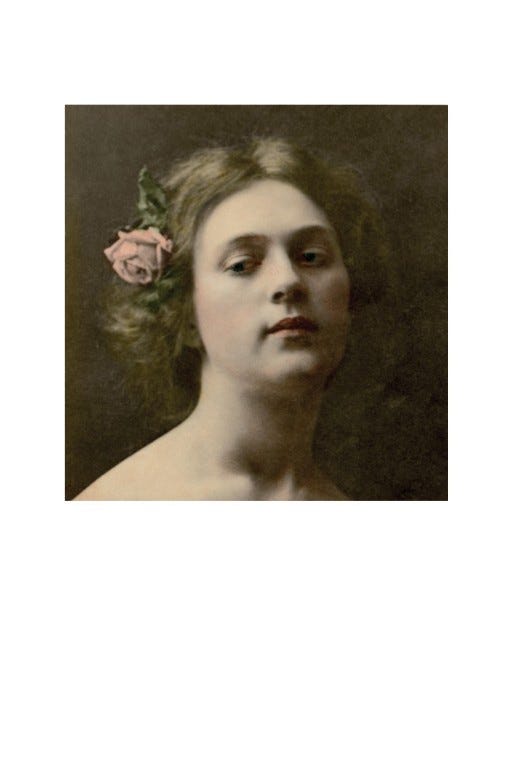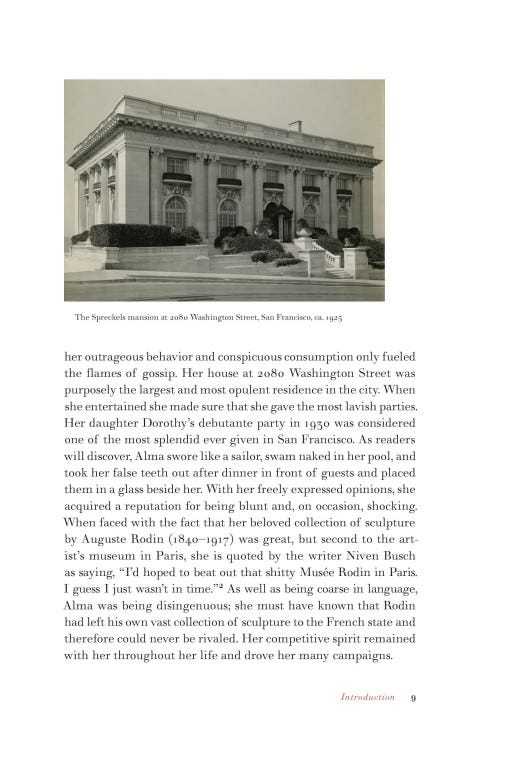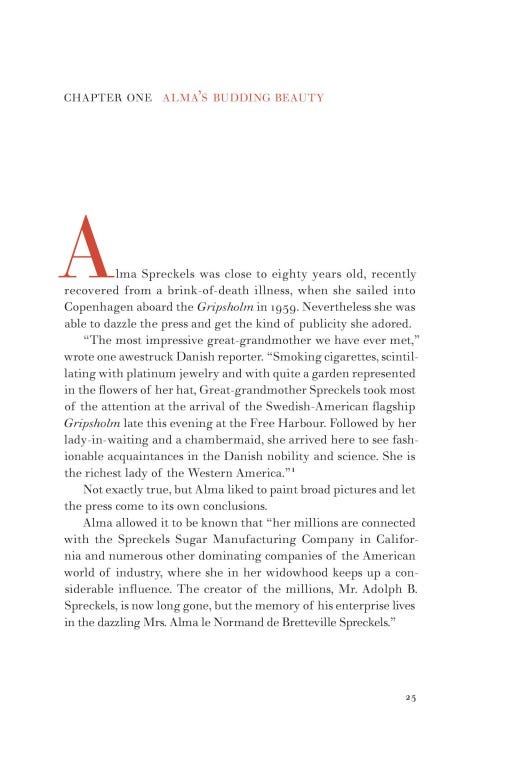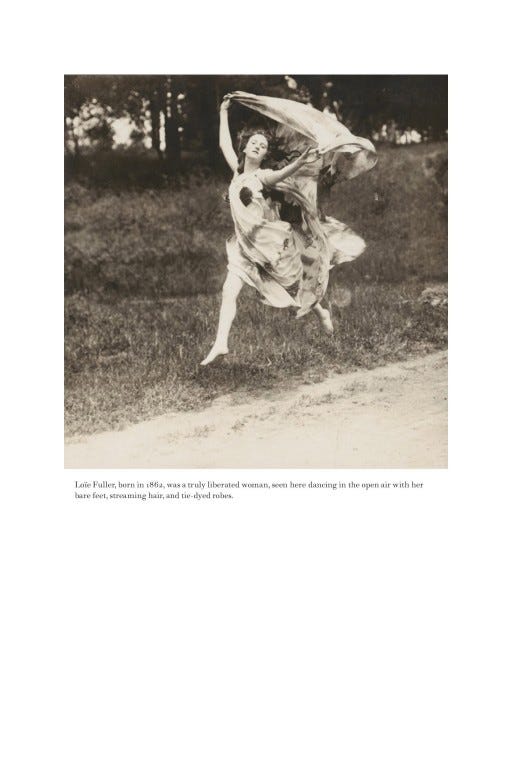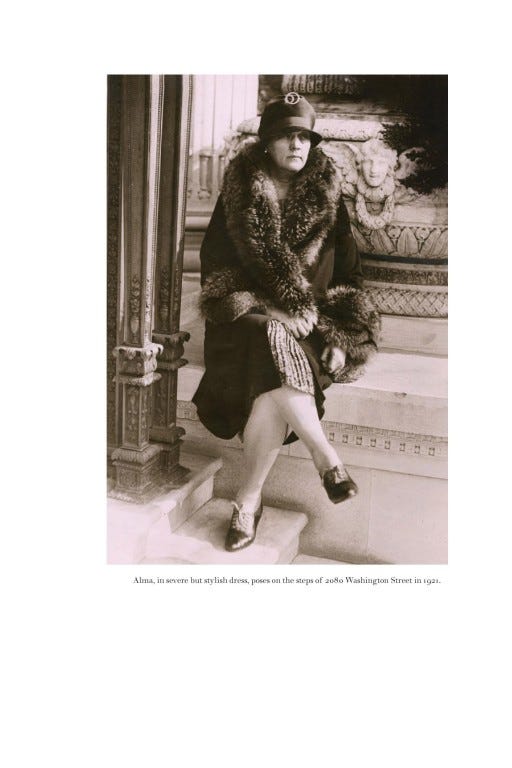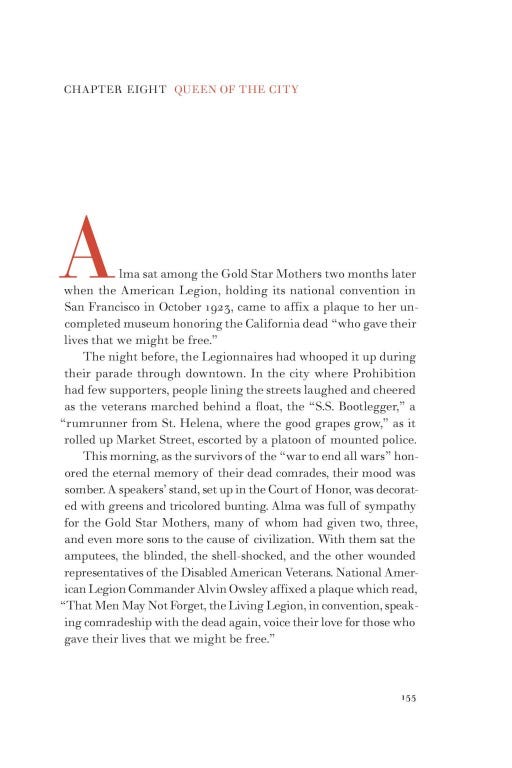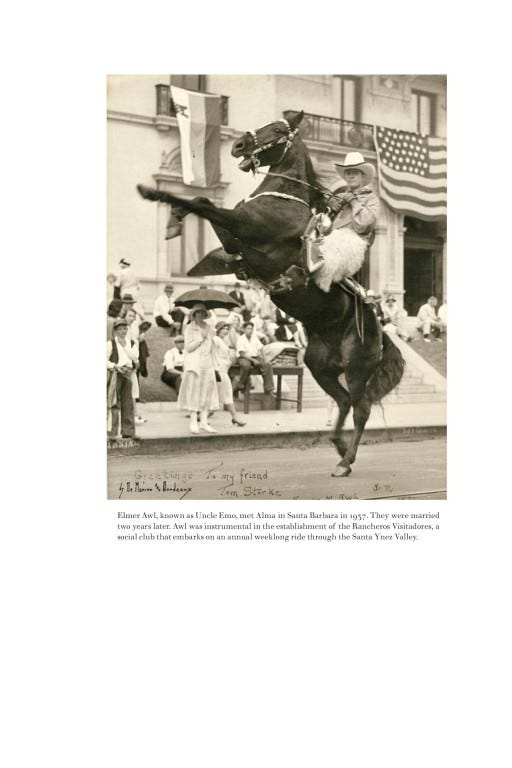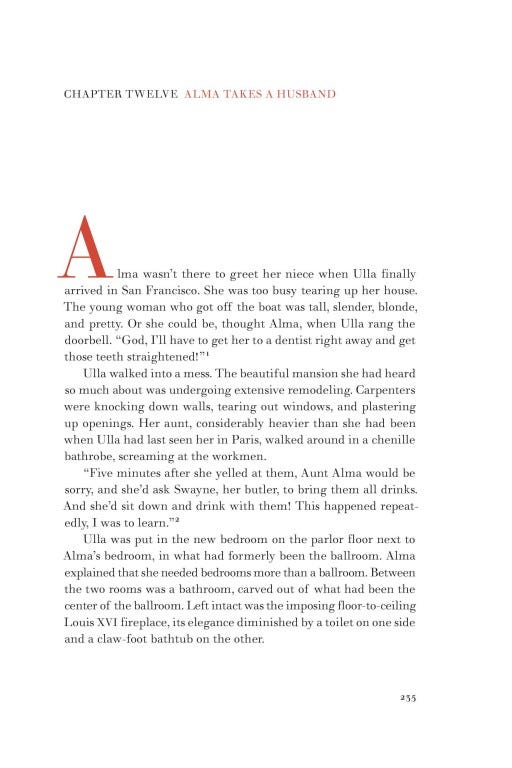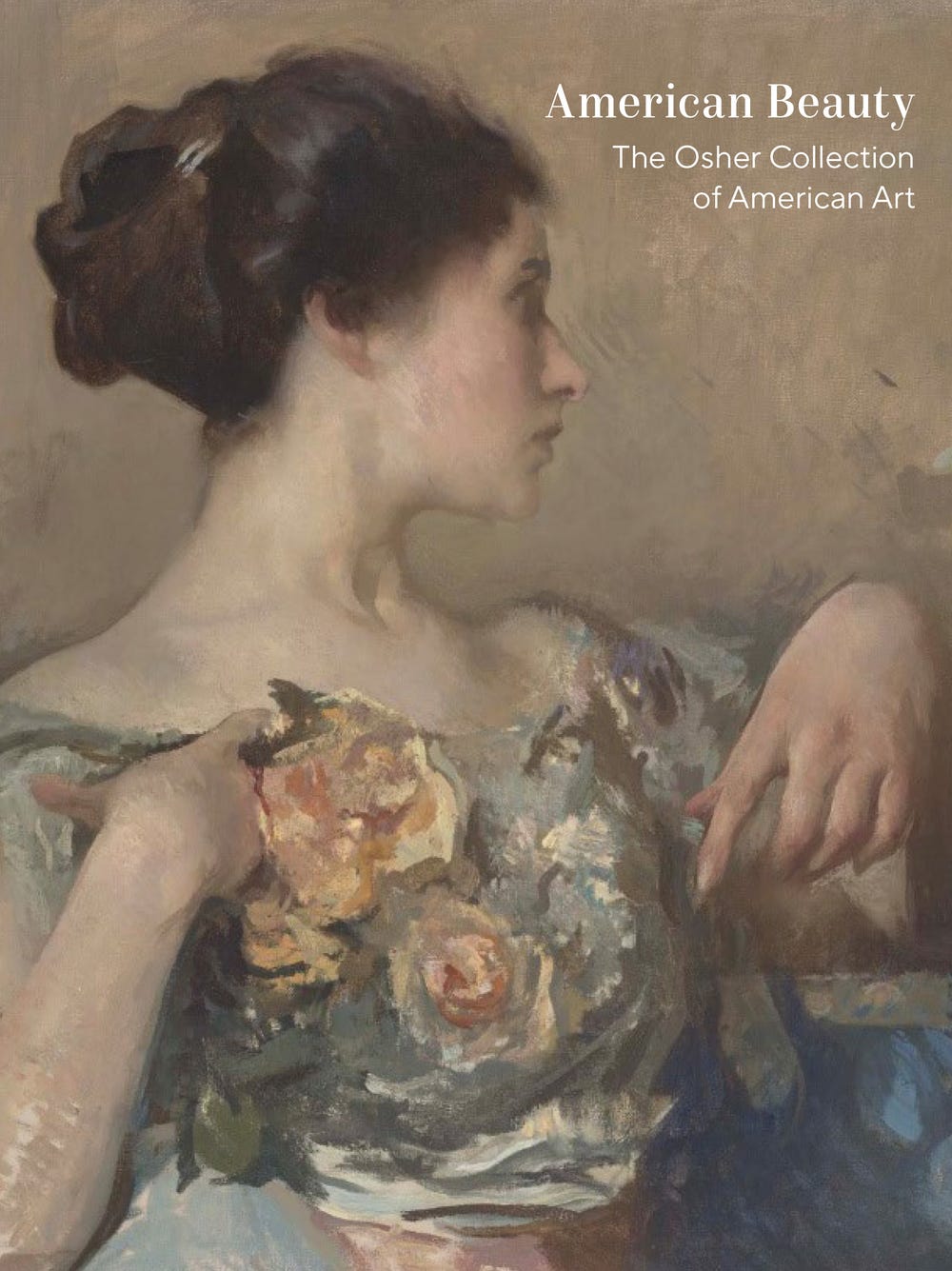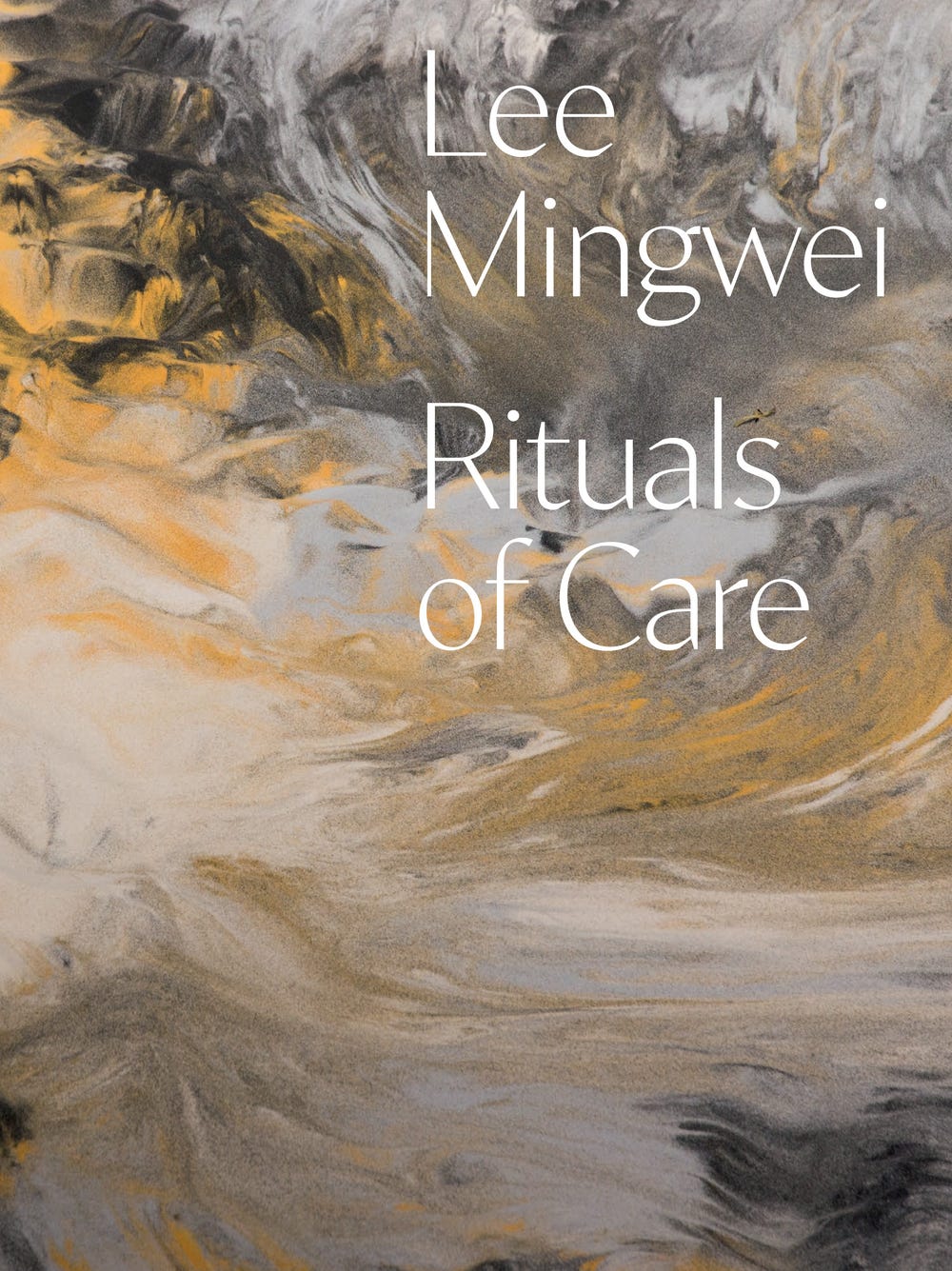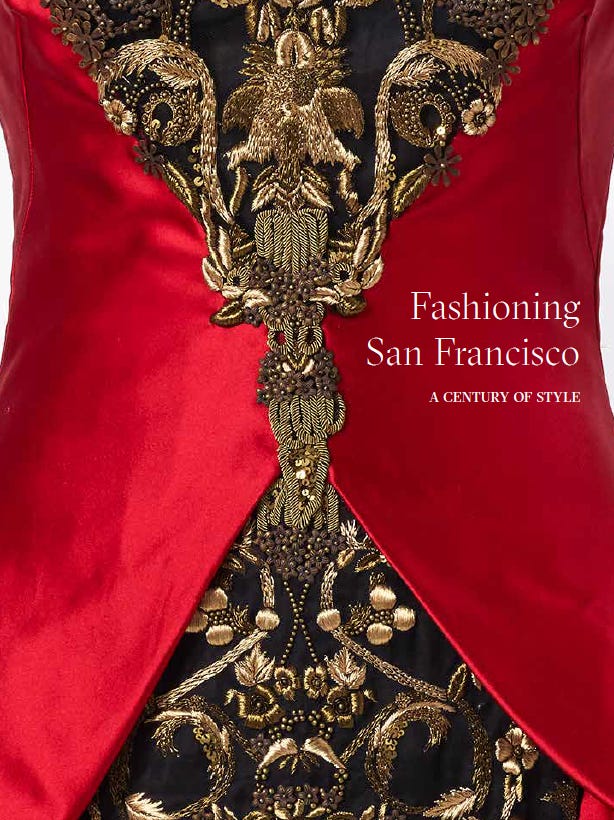Big Alma: San Francisco's Alma Spreckels
By Martin Chapman, Ann Heath Karlstrom, and Bernice Scharlach
One of San Francisco’s most vivid and unforgettable characters, Alma de Bretteville Spreckels (1881–1968) rose from poverty to become one of the city’s wealthiest women. Bred with a belief that she was destined for greatness, she became an important philanthropist and founded, with her husband, the California Palace of the Legion of Honor, often regarded as the city’s most beautiful museum. However, Alma’s humble beginnings, scandalous behavior, and bohemian friendships would alienate her from the cream of San Francisco society.
At six feet tall, Alma had an imposing presence that drew attention to her at an early age. Working as an artist’s model, she was immortalized in the form of the statue atop the Dewey Monument at the center of San Francisco’s Union Square. Among the many heads she turned was that of sugar magnate Adolph Spreckels, whom she married in 1908, and who built for her the grandest house in San Francisco.
Alma’s outspoken manner and larger-than-life personality may have shocked the city’s well heeled, but these were fruitful assets in the many projects that claimed her passions. Intent on bettering her social standing by improving her cultural education, she journeyed to Europe. In Paris, she met dancer Loïe Fuller, who introduced her to the artistic circles flourishing there and to the sculptor Auguste Rodin. Alma became one of his most important patrons and began to develop one of America’s most influential art collections.
To house the assets she was acquiring, Alma set her sights on creating the Legion of Honor and soliciting gifts for it from collectors and foreign nations. Dedicated as a war memorial to the Californian soldiers killed in World War I, the Legion of Honor opened in 1924. But this accomplishment of Alma’s, important as it was, was just one of many. She also brought her tremendous will and energy to raising thousands of dollars for war relief after both World Wars, for Depression relief, and for further developing the art and culture of San Francisco. The effects of her actions were felt not only in California, but also in Washington State, France, Belgium, Romania, and beyond. When proud and formidable Alma died, she left a legacy that nearly matched her endless ambitions.
Authors
Martin Chapman is curator in charge of European decorative arts and sculpture at the Fine Arts Museums of San Francisco. His recent publications include The Salon Doré from the Hôtel de La Trémoille and Royal Treasures from the Louvre: Louis XIV to Marie-Antoinette.
Ann Heath Karlstrom was director of publications at the Fine Arts Museums of San Francisco for more than three decades. She is the author of de Young: Inside and Out and Legion of Honor: Inside and Out (Fine Arts Museums of San Francisco, 2013).
Bernice Scharlach (1919–2005) was a journalist-historian who wrote for newspapers in San Francisco and the Bay Area and served as editor for the Jewish Observer. In addition to writing Big Alma, she delved into other subjects of local history as the author of House of Harmony (1983) and Dealing from the Heart: A Biography of Benjamin Swig (2000).
